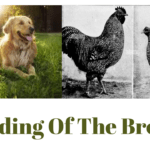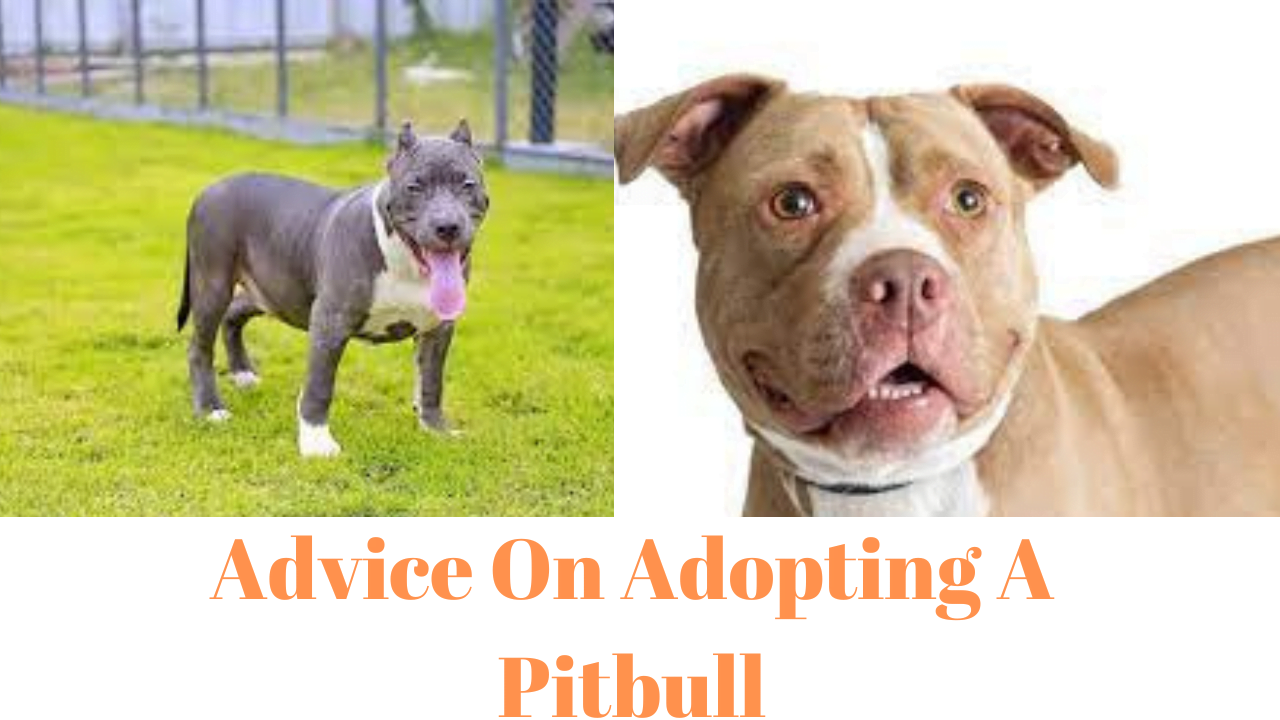Dear Adam:
I acquired your book about 5 months ago, and I was hoping that might would “entitle” me to some recommendations. First, let me state that I’m really pleased with my purchase. Not only does it give recommendations on particular methods, however, more notably, it describes the foundation of all training– timing, inspiration, consistency– allowing the pet owner to better understand the training procedure. Also, it does an excellent task of explaining that canines are pack animals– and will evaluate the alpha’s leadership at numerous times (in my case, all the time)– and how that aspects into training. Finally, I like your sound judgment technique, e.g., “stay” is a double command, if the canine’s not supposed to break a sit or down without the release command, why do we require to tell it to remain.
My question is not about canine training, however, but about breeds of dogs. Particularly, APBTs [American Pit Bull Terriers] and AmStaffs [American Staffordshire Terriers] The AKC does not recognize the APBT as a type, however, many dog fanciers acknowledge the two as separate breeds despite the fact that they share a typical origin and look extremely comparable. Or, if not separate types, 2 “strains” of the very same type, the AmStaff being reproduced for “show” and the APBT being bred for “efficiency” – implying the gameness of the initial canines has mainly been bred out of AmStaffs, however still stays in APBTs. I ‘d like to hear your take on this subject considering that you have and own owned APBTs or mixes thereof.
Should I remain away from these types? What would be your suggestion (I recognize all pet dogs are individuals and may possess various characteristics than others of the same type)?
Thanks,
Ryan Fehlig
Dear Ryan:
Thanks for the kind words. You’ve asked an excellent concern!
I love the bull breeds, personally. And while everything you’ve specified is practically “right on the money,” … I would suggest that if you choose to embrace one of these types you ensure that:
- The pet dog you’re adopting is the opposite sex of the pet you already own.
- Neuter him prior to he hits sexual maturity if the new pet is a male. (Before 1 year of age.).
- If the other pet is a male, then definitely sterilize him. (Although this will not be a “cure-all” it might assist somewhat.).
It’s true … a lot of the pets in this breed seem to have a hereditary basis for pet dog aggressiveness. I do not think that they come out of the womb being pet aggressive, but rather that they have personality attributes that tend to make them more pet dog aggressive. (i.e., dominance and a strong protective nature).
As for the distinction between the APBT and the AmStaff, the distinction is largely among registration. (AKC vs. UKC). And yes, the AKC variation has been reproduced with more of an emphasis on conformation (like all AKC types).
I like the concept of having a huge canine in a little package. And in real life terms, this means having a dog that you can never ever actually take off leash at a park – not due to the fact that the dog is hazardous or inexperienced – however rather due to the fact that people are so darn afraid of what the media has led them to think about this breed, that they take up their kids and run yelling from the park.
On the benefit, this preconception can work in your favor, too. Most lawbreakers understand that a “pit bull” is the type of pet that you don’t want residing in your home that you’re about to rob.
The owner was under the impression that his pet was trained. He ‘d offer multiple commands, such as, ‘Ranger come, come, come, come,’ … but all Ranger would do is engage my clients’ pet dogs and attempt to initiate a canine fight.
Well, after I embraced Forbes (an APBT-mix that looks like one big muscle and is about as wide as a Mack truck) and started keeping him in a down-stay while I dealt with my customers’ dogs … Ranger’s owner suddenly began keeping their pet dog on a much shorter leash. If he didn’t connect his canine to a leash as soon as he saw me get in the park, then he ‘d absolutely go to grab his pet dog THE VERY INSTANT that he saw that Ranger wasn’t going to immediately turn and come when called.
I think that’s what you call motivation, eh?
Yes … it’s probably a macho thing. But IF there is a stigma, then you may as well use it to your benefit to encourage careless canine owners with inexperienced dogs to keep their dogs on-leash.
That’s all for now, folks!
Adam.
My question is not about dog training, however, however about types of dogs. It’s real … numerous of the pets in this type seem to have a hereditary basis for pet aggression. I do not believe that they come out of the womb being pet aggressive, however rather that they have temperament qualities that tend to make them more pet dog aggressive. And in genuine life terms, this implies having a pet that you can never really take off leash at a park – not due to the fact that the pet is untrained or harmful – however rather because people are so darn afraid of what the media has led them to believe about this breed, that they take up their kids and run shrieking from the park.
He ‘d give multiple commands, such as, ‘Ranger come, come, come, come,’ … however all Ranger would do is engage my clients’ dogs and attempt to start a dog fight.









